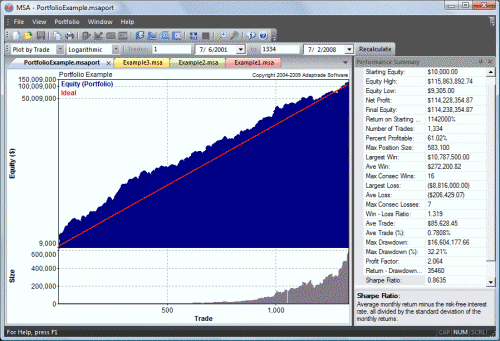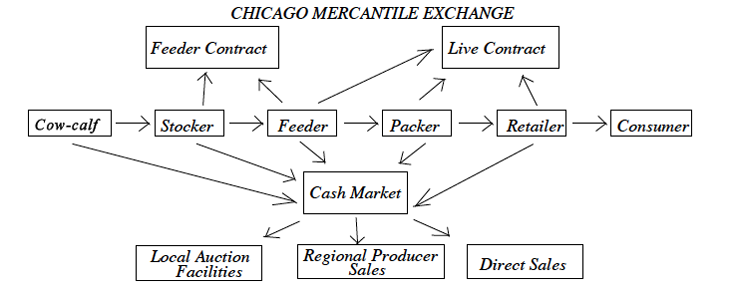Futures Trading Money Management
Post on: 19 Июнь, 2015 No Comment

Futures Trading Money Management
June 11th, 2010 admin
After finding a strategy with positive Expectancy and good opportunity, you are set to use the weapon of income management (money management ).
money management is applicable to all varieties of trading, but it is particularly powerful in temporary futures trading. It is the tool that utilizes LEVERAGE to dramatically accelerate the growth of your bank account.
Leverage is a double edged sword and must be treated with respect. But there is little point in choosing futures as your investment vehicle if your not prepared to use it (with due caution).
money management comes in a number of different flavors, but I am going to focus on one technique referred to as the fixed percentage method.
In this technique, the trader calculates a set percentage of accessible capital before entering a trade, then divides this by the risk amount in the trade to determine how many contracts to go in.
To Illustrate, if capital is $8,000, the picked out fixed percentage is 5% ($400), and the risk per contract is $175, then you would use 2 contracts ($175 into $400 goes 2 times).
The greatest decision you need to make is to select the percentage. The larger the percentage, the more leverage. The greater the leverage, the more risk of ruin. Obviously, if you risk 20% on each trade, a run of 3 or 4 consecutive losses will decimate the account. Although, the same bad run would not have a primary impact if you risk 2.5% per trade.
Professional money managers with large accounts usually choose 2.5% or less. Given a strategy with a positive expectancy, this keeps the chance of ruin very near to zero.
A trader with a tiny account might need to choose a higher percentage to accelerate earnings. Doing so introduces a substantial risk of ruin which gets bigger as the percentage increases.
To illustrate the power of money management. examine a series of results from an easy trading strategy in the soybean markets. Example one shows the upshot of utilizing the strategy with a set percentage of 2.5% and a starting capital of $4,000. Realize that the number of contracts never gets above 1 implying that money management is not efficient in this period. All the same, growth is impressive with the initial capital of $4,000 growing to $6,738 (68%).
Note: The spreadsheet assumes that a base amount of $2,000 is needed to fund a trading account, and only calculates a fixed percentage on amounts in more than this. It will invariably trade at least one contract, so long as there is a balance greater than $2,000.
Example 2 shows the same period and same starting capital traded with a fixed percentage of 10%. Now the account becomes $10,812 (170%).

For anybody courageous or reckless enough to trade the account with a limited percentage risk of 20%, Example 3 shows that the account begins to $18,700 (367%).
Recognize that these results were based on a trading period of less than 3 months from 6th February to 26th March, 2007. You can see that the annualized returns are staggering.
Despite the mouthwatering returns from higher fixed percentages, statistics always catch up with you finally. If you trade of sufficient length, you will encounter a sequence of trades thats well ruin you.
So, if youve got away with using a high percentage to successfully increase your account to a reasonable amount, consider adopting one of the following options as a matter of urgency:
Reduce the fixed percentage to 2.5% or less.
Withdraw most of your profits, and begin acquiring from the small capital base again. Keep enough back in your savings to re-fund the account, if necessary.
Either option helps to keep you in the game when the inevitable bad run arrives.














